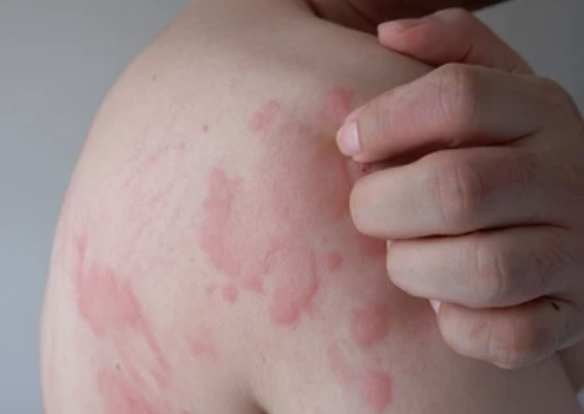HOW DOES SKIN ALLERGY TESTING WORK?
London Dermatology | 14 October 2024
Your body’s first line of defence against bacteria and other pathogens that might cause illness is your immune system. When a material, such as pollen or peanuts, comes into touch with your body, your immune system assaults it. This is known as an allergy.
Anything in the environment that triggers your immune system to respond to what it interprets as a danger is called an allergy. The air, food, and objects you touch can all contain allergens. Dust mites, pet dander, and pollen are common airborne allergies. Peanuts and shellfish are typical food allergies, and poison ivy is a common contact allergy (something you touch).
In addition to watery eyes, runny noses, and stomach ache, mild-to-moderate allergic responses can also result in rashes and irritated skin. Fever, bloating, and even potentially fatal anaphylactic shock are examples of more severe allergic responses that impair breathing.
Contact Devonshire Dermaotology London if you have hives, red, itchy spots, or other such allergic responses and are unsure of the cause. To help you control your symptoms and maintain your health, our team can assist you in identifying what you are allergic to.
Allergies vary from person to person. What causes allergic reactions, as well as how severe reactions are, depends on the individual. Symptoms can include:
Itchy eyes
Runny nose
Wheezing or coughing
Abdominal cramps
Bloating
Swelling
Redness
Hives
Rashes
Symptoms of allergies frequently show up on your skin. For instance, eating anything to which you are allergic, taking medication, or even getting bitten by an insect might cause hives, which are little areas of swollen skin.
One of the most prevalent skin disorders that can result in allergic reactions is eczema. The skin turns red, scaly, and irritating as it dries out. Skin allergies and infections may be more common in those with eczema.
Getting an allergy test is crucial if you have any of these symptoms since it can help you identify the cause of the response and treat or possibly avoid it.

